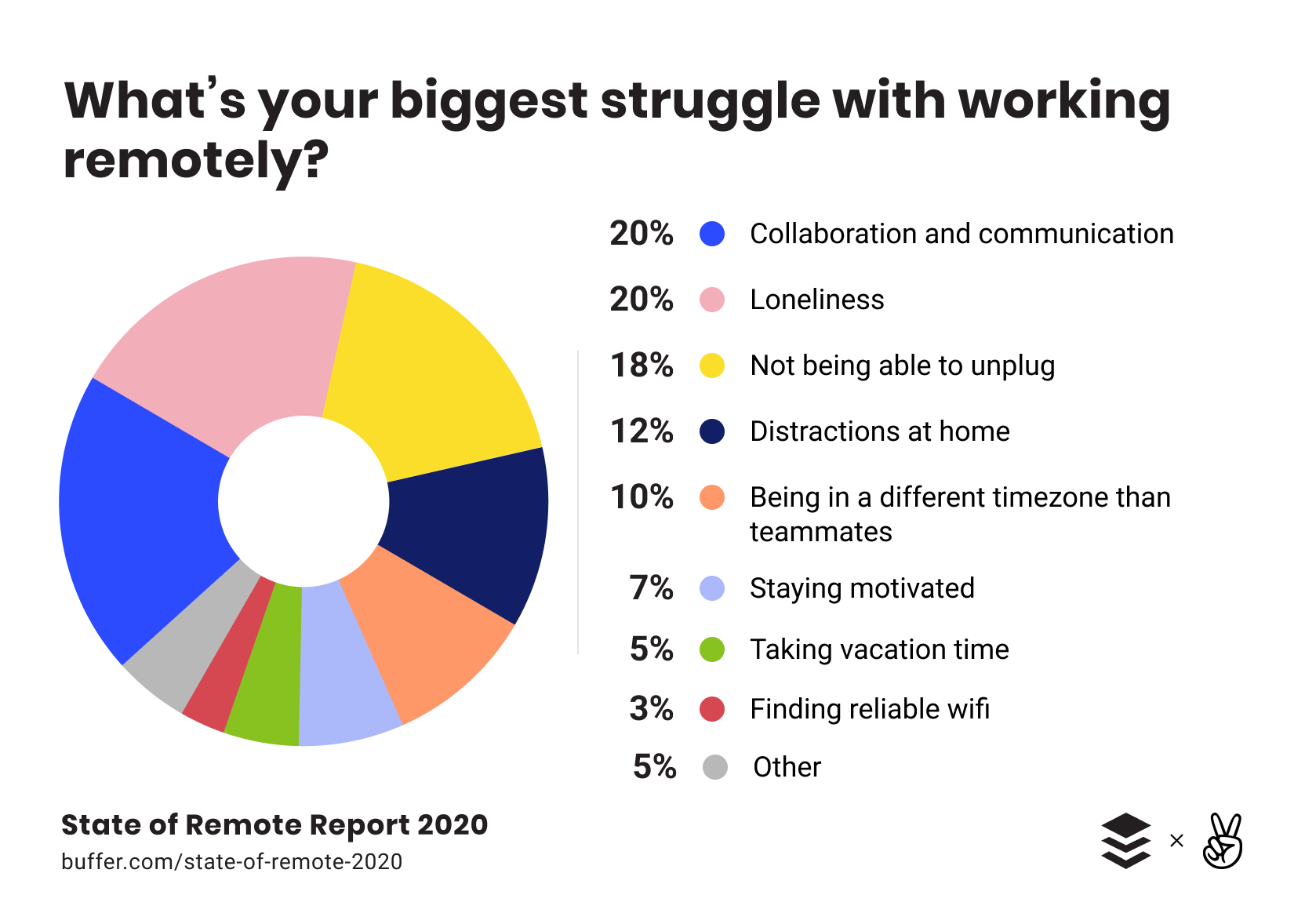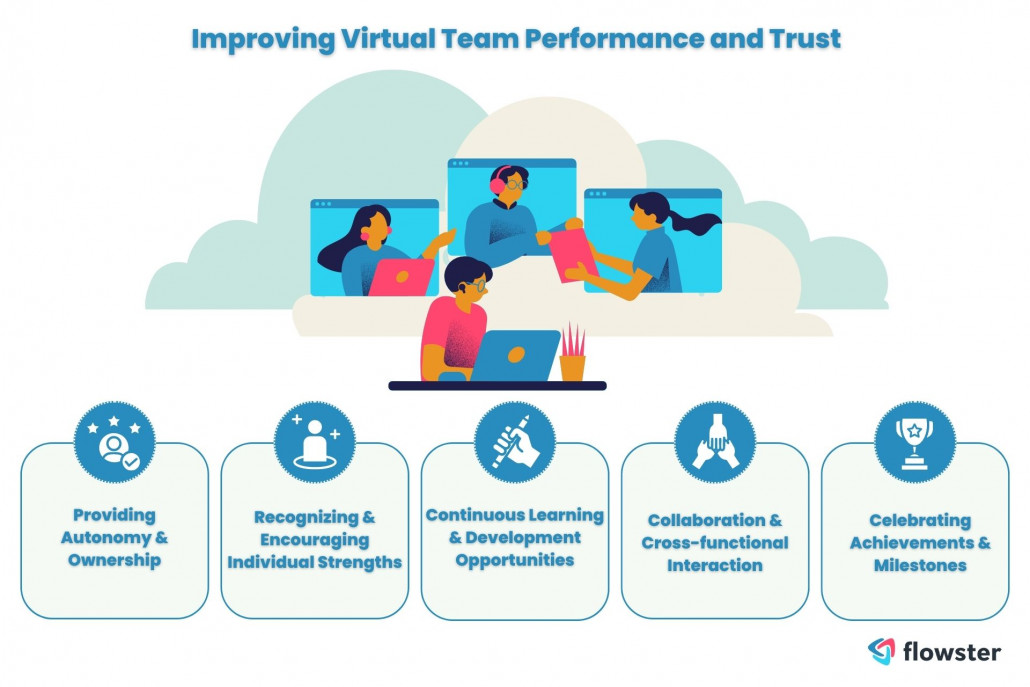Lack Of Communication In Virtual Teams

The glow of laptop screens illuminates faces in darkened rooms, a silent symphony of taps and clicks echoing in the digital workspace. A team, scattered across time zones, wrestles with a looming deadline, but the usual energetic brainstorming feels… muted. Ideas seem to vanish into the ether, and progress stalls, leaving a sense of frustration hanging heavy in the virtual air.
At the heart of this struggle lies a common, yet often underestimated, challenge: the lack of effective communication within virtual teams. This article explores the nuances of this pervasive issue, examining its roots, impact, and potential solutions for fostering stronger connections and more productive collaborations in the digital age.
The Rise of the Remote Workforce
The modern workplace has undergone a dramatic transformation in recent years, with the rise of remote work becoming increasingly prevalent. The COVID-19 pandemic accelerated this trend, pushing many organizations to adopt virtual team structures out of necessity.
According to a 2023 study by Statista, a significant portion of the global workforce now operates remotely, either full-time or in a hybrid model. While offering flexibility and cost savings, this shift has also brought about new communication hurdles.
Communication Breakdown: The Silent Killer
Unlike traditional office environments, virtual teams lack the spontaneous interactions and informal exchanges that often spark innovation and build camaraderie. The absence of non-verbal cues, such as facial expressions and body language, can lead to misunderstandings and misinterpretations.
A recent report by Harvard Business Review highlights that virtual team members often feel less connected to their colleagues, leading to decreased trust and engagement. This can manifest in several ways, including delayed responses, unclear expectations, and a reluctance to share ideas openly.
Impact on Productivity and Morale
The consequences of poor communication within virtual teams can be significant. Reduced productivity, missed deadlines, and increased errors are common outcomes. These challenges can also negatively impact team morale, leading to feelings of isolation and disengagement.
"When communication breaks down, the entire team suffers," notes Dr. Anita Williams Woolley, a leading researcher on team dynamics at Carnegie Mellon University. "It's crucial to proactively address these issues to ensure success."
Strategies for Enhanced Communication
Fortunately, there are several strategies that organizations can implement to foster more effective communication within their virtual teams. Establishing clear communication protocols is paramount. This includes defining preferred communication channels, response time expectations, and meeting schedules.
Regular video conferencing can help bridge the gap created by physical distance, allowing team members to see each other's faces and read non-verbal cues. Embracing collaborative tools, such as project management software and shared documents, can also facilitate seamless information sharing.
Creating opportunities for informal social interaction is equally important. Virtual coffee breaks, online team-building activities, and dedicated chat channels for non-work-related discussions can help foster a sense of connection and belonging.
The Human Element: Building Trust and Empathy
Ultimately, successful virtual team communication hinges on fostering a culture of trust and empathy. Encouraging active listening, providing constructive feedback, and recognizing individual contributions are essential for building strong relationships.
Managers play a crucial role in modeling effective communication behaviors. They should be transparent, accessible, and proactive in addressing any concerns or misunderstandings that arise.
Looking Ahead
As remote work becomes increasingly ingrained in the modern workplace, addressing the challenges of communication within virtual teams will remain a top priority. By embracing innovative technologies, implementing clear communication protocols, and fostering a culture of trust and empathy, organizations can unlock the full potential of their virtual workforce.
The future of work is undoubtedly virtual, and by prioritizing effective communication, we can ensure that teams thrive, innovate, and achieve remarkable things, regardless of their physical location. It's about building bridges, not walls, in the digital landscape.


















